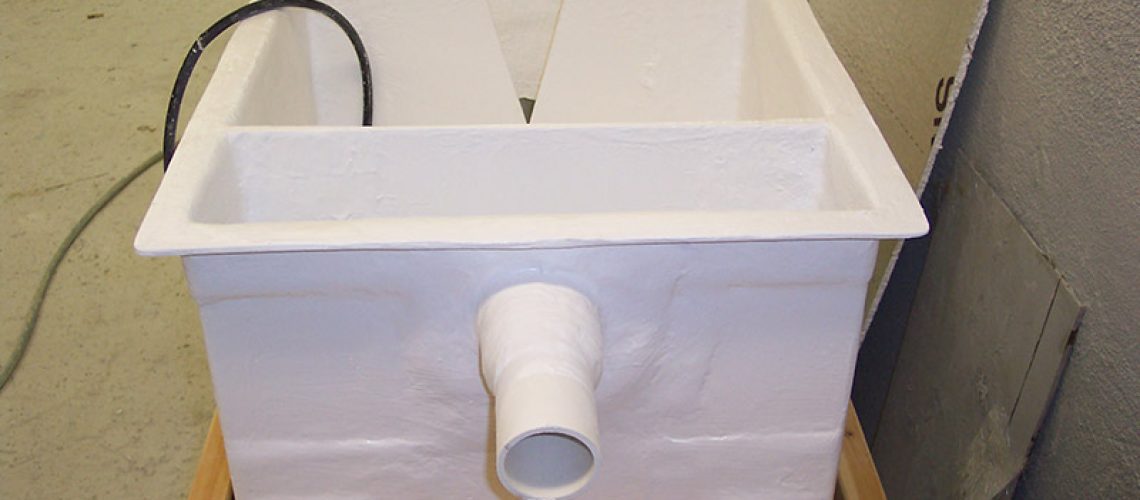Weir boxes are among the best options for flow rate measurement for certain kinds of flows. Typically low flows, they can offer the kind of pinpoint accuracy that the vast majority of flumes can’t hope to match. This isn’t always the case, however, and it’s important to know just how far the accuracy of a weir can go. Learn all about the limits of weir accuracy, and discover what kind of flows they do best in compared to flumes.
The Basis of Weir Accuracy
The reputation of weirs tends to show off their impressive accuracy compared to flumes. While there aren’t any flumes that have better accuracy when compared using ideal flow channel conditions, they’re not always strictly speaking worse. Still, a flume is often less accurate than a weir because of the way weirs channel the flow.
A weir works by having the flow pass over a crest, which creates a nappe. This kind of direction with free-discharge conditions in the downstream area will put the surface of the flow in the perfect position for measurement, provided you measure at the right spot. Keep in mind that you need to measure upstream of the weir itself to avoid the downturn caused by the crest and formed nappe.
Weirs Compared to Flumes
Weirs, and V-notch weirs specifically, tend to be more accurate than virtually any kind of flume. The most common type of flume is the Parshall, and it offers an accuracy of +/- 3-5% in the field. Meanwhile, a V-notch weir can offer +/- 2% accuracy. Cutthroat flumes and HS / H / HL flumes offer around 3% with Montana flumes having a range equal to that of the Parshall.
While no flume is more accurate than a V-notch weir when compared in ideal conditions, there are some flumes that are on par. The RBC flume style, for example, does offer the same +/- 2% accuracy that weirs offer. Trapezoidal flumes can get that close as well, but their accuracy is a range of +/- 2-5%, so they could be on par or significantly less accurate depending on flow conditions.
When Weirs Stop Being Accurate
The accuracy of a weir is impressive under ideal conditions, but what are those conditions exactly? Well, a V-notch weir can read plenty of low flows, but 3.99 gpm is their lower limit. This is because the flow over the weir crest has to be free-spilling in order for measurements to be accurate, and flow rates that low simply don’t have the velocity for those conditions to be met.
Considering the weir’s lower limitation, you’ll need something different if you have to measure a flow that low. Weirs are excellent at measuring low flows in general, but for very low flows, you’ll need something like an HS flume, which has a lower limit of 0.0718 gpm. Even the 1-inch Parshall can handle flows as low as 1.46 gpm.
Weirs from Tracom
Now that you know the limits of weir accuracy, it’s time to find the solution to your flow rate measurement needs. Whether you’re looking for a weir or something better suited for your channel, Tracom is happy to help. Contact us today to get started!



